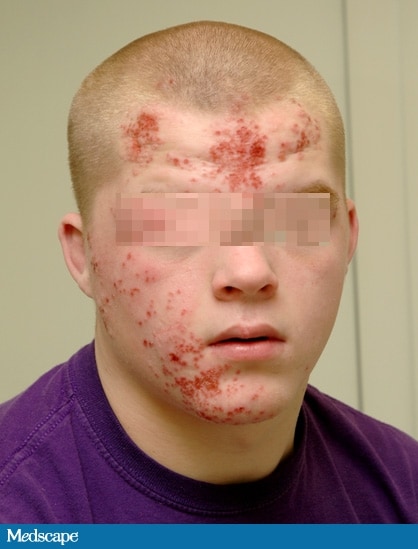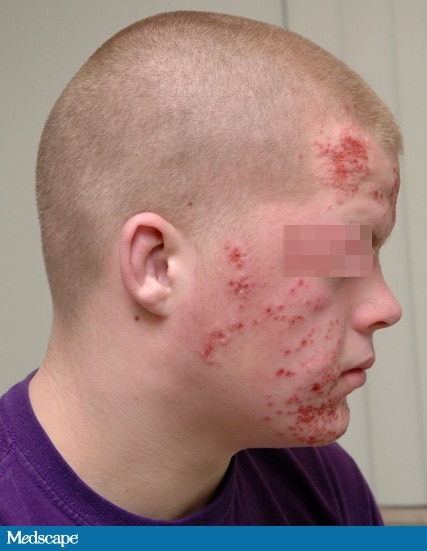glotis, dan interkostal.
Tatalaksana harus diberikan pada pasien dengan cegukan yang parah atau persisten.
Modalitas pengobatan bervariasi, mulai dari teknik anekdot untuk fenotiazin, dopamin
antagonis, antikonvulsan, dan lain-lain.
antagonis, antikonvulsan, dan lain-lain.
Pengertian Cegukan (Singultus, Hiccups)
Cegukan didefinisikan sebagai persisten jika mereka bertahan lebih dari 48 jam dan dinyatakan parah jika merekabertahan lebih dari 2 bulan (bisa Anda bayangkan?!) Pria di atas usia 50 lebih cenderung memiliki cegukan yang parah dibandingkan dengan perempuan.
Patofisiologi Cegukan
Tidak diketahui apakah ada fungsi cegukan. Cegukan bahkan terjadi di rahim pada trimester ketiga. Cegukan inimelibatkan lengung refleks 1) saraf frenikus, saraf vagus, rantai simpatis 2) mediator pusat dan 3) nervus frenikussaraf, glotis, dan otot interkostal. Mediator sentral melibatkan pusat-pusat pernapasan, nucleus nervi frenici, bagianreticular batang otak, dan hipotalamus. Biasanya, cegukan melibatkan satu sisi diafragma, meninggalkan lebih dari ototinterkostal right.nd menyebabkan
inspirasi mendadak yang berakhir dengan penutupan mendadak glotis, membuat suara cegukan klasik. normal
Tingkat adalah 4-60 cegukan / menit dengan interval teratur.
Cegukan didefinisikan sebagai persisten jika mereka bertahan lebih dari 48 jam dan keras jika mereka bertahan lebih dari 2
bulan (bisa Anda bayangkan?!) Pria di atas usia 50 lebih cenderung memiliki cegukan keras daripada perempuan.
Sumber: http://majiidsumardi.blogspot.com/2012/11/cegukan-singultus-hiccups.html



